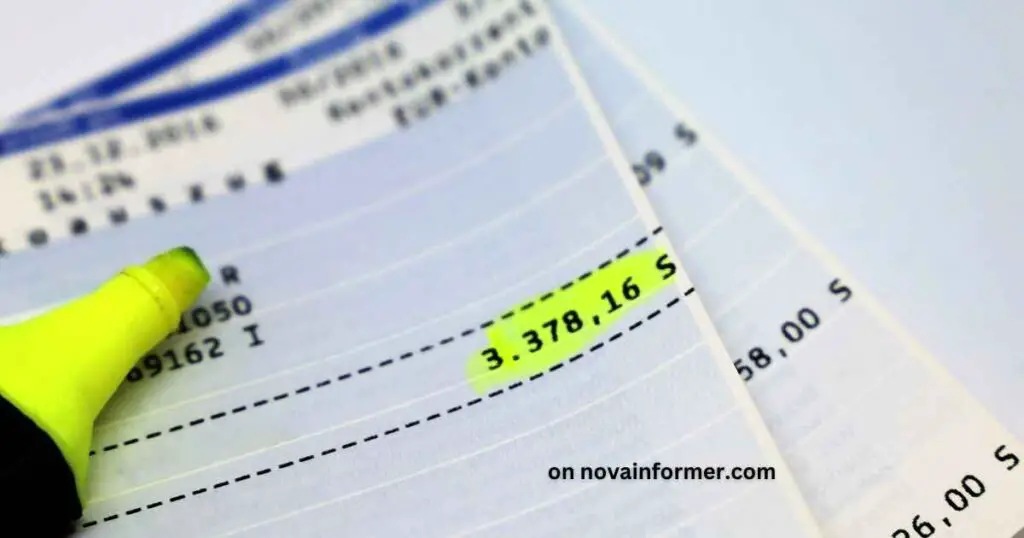Discover the ideal bank account balance goals for different life stages and financial situations. Learn how to set achievable targets and build your financial security.
Do you ever catch yourself peeking at your bank account balance, wondering if it’s “normal” or if you’re secretly falling behind? It’s a common question, but the answer isn’t as simple as a single number.
The ideal amount of money in your bank account depends on several factors, including your age, income, expenses, and financial goals.
Let’s have a look at the world of bank account balance goals and discover how to create a financial cushion that will give you peace of mind and propel you towards your dreams.
Why Set Bank Account Balance Goals? 🎯
Think of bank account balance goals as your financial GPS.
They help you:
- Stay Motivated: Having a clear target motivates you to save and make smart financial choices. It’s like having a finish line in sight, pushing you to keep going.
- Measure Progress: Regularly checking your balance against your goals lets you see how far you’ve come. Celebrating milestones keeps you motivated and encourages you to continue saving.
- Make Better Decisions: Knowing your goals helps you prioritize spending and saving. Should you buy that new gadget or put that money towards your down payment? Clear goals make these decisions easier.
- Feel More Secure: A healthy bank account balance acts as a safety net, reducing financial stress and giving you confidence in your future.
Different Types of Bank Account Goals 🏦
Not all goals are created equal, and the same goes for your bank account. Here are the main types of goals you should consider:
Emergency Fund ⛑️
Life is full of unexpected twists and turns, like sudden car repairs or a surprise medical bill.
An emergency fund is a financial safety net that can help you weather these storms without going into debt.
Aim to save enough to cover 3-6 months of essential living expenses. This includes rent/mortgage, groceries, utilities, transportation, and any debt payments. Your emergency fund should be easily accessible in a high-yield savings account or a money market account.
Short-Term Goals 🚗
These are the exciting things you’re saving for in the near future, like a down payment on a car, a dream vacation, or new furniture. These goals typically have a shorter time frame, usually within a year or two.
Calculate how much you need to save each month to reach your short-term goals and set up a separate savings account for each one.
This will help you track your progress and stay focused.
Long-Term Goals 🏡
These are the big-picture goals that take longer to achieve, such as buying a house, saving for retirement, or your children’s education. Long-term goals usually have a time frame of five years or more.
Consider investing your money for long-term goals to take advantage of compound interest and potentially earn higher returns.
But remember, investing involves risk, so it’s important to choose investments that align with your risk tolerance and financial situation.
How Much Money Should You Have in the Bank? 🤔
The “ideal” bank account balance varies greatly depending on individual circumstances.
Here are some factors to consider:
- Age: Younger individuals starting their careers may have lower balances as they focus on building their emergency fund and paying off student loans. As you get older and your income increases, you should aim to have a larger balance to cover potential life changes like starting a family or buying a house.
- Income: Your income plays a significant role in how much you can save. Higher earners generally have more disposable income to put towards savings and investments.
- Expenses: If your monthly expenses are high, you’ll need to save more to cover them. Track your spending to identify areas where you can cut back and free up more money for savings.
- Financial Goals: The amount you need to save depends on your specific goals. Do you want to buy a house in five years? Retire early? Once you know your goals, you can calculate how much you need to save each month to reach them.
Example Bank Account Balance Goals 💰
| Age Range | Emergency Fund | Short-Term Goals | Long-Term Goals |
| 20s | $1,000 – $5,000 | Varies depending on goals | $5,000 – $20,000 |
| 30s | $5,000 – $15,000 | $5,000 – $10,000 | $20,000 – $50,000 |
| 40s | $10,000 – $25,000 | $10,000 – $20,000 | $50,000 – $150,000 |
| 50s+ | $20,000+ | $20,000+ | $150,000+ |
Note: These are just general guidelines. Your goals may be different depending on your individual circumstances and aspirations.
Tips for Reaching Your Bank Account Goals 💪
- Create a Realistic Budget: Be honest with yourself about your income and expenses. Track your spending and identify areas where you can cut back.
- Automate Your Savings: Set up automatic transfers from your checking account to your savings account each month. This makes saving effortless and ensures you’re consistently working towards your goals.
- Pay Down High-Interest Debt: Focus on paying off high-interest debt like credit cards as quickly as possible. This will free up more money to put towards your savings goals.
- Increase Your Income: Consider ways to boost your income, such as taking on a side hustle, freelancing, or selling unwanted items.
- Invest Wisely: Once you have a solid emergency fund, explore investment options that align with your risk tolerance and long-term goals.
Take Note
Your bank account balance isn’t just a number; it’s a reflection of your financial health and future possibilities. By setting clear goals and implementing smart strategies, you can build a strong financial foundation and achieve your dreams.
Remember, it’s never too late or too early to start saving.
Take control of your finances today and create a brighter financial future for yourself!



